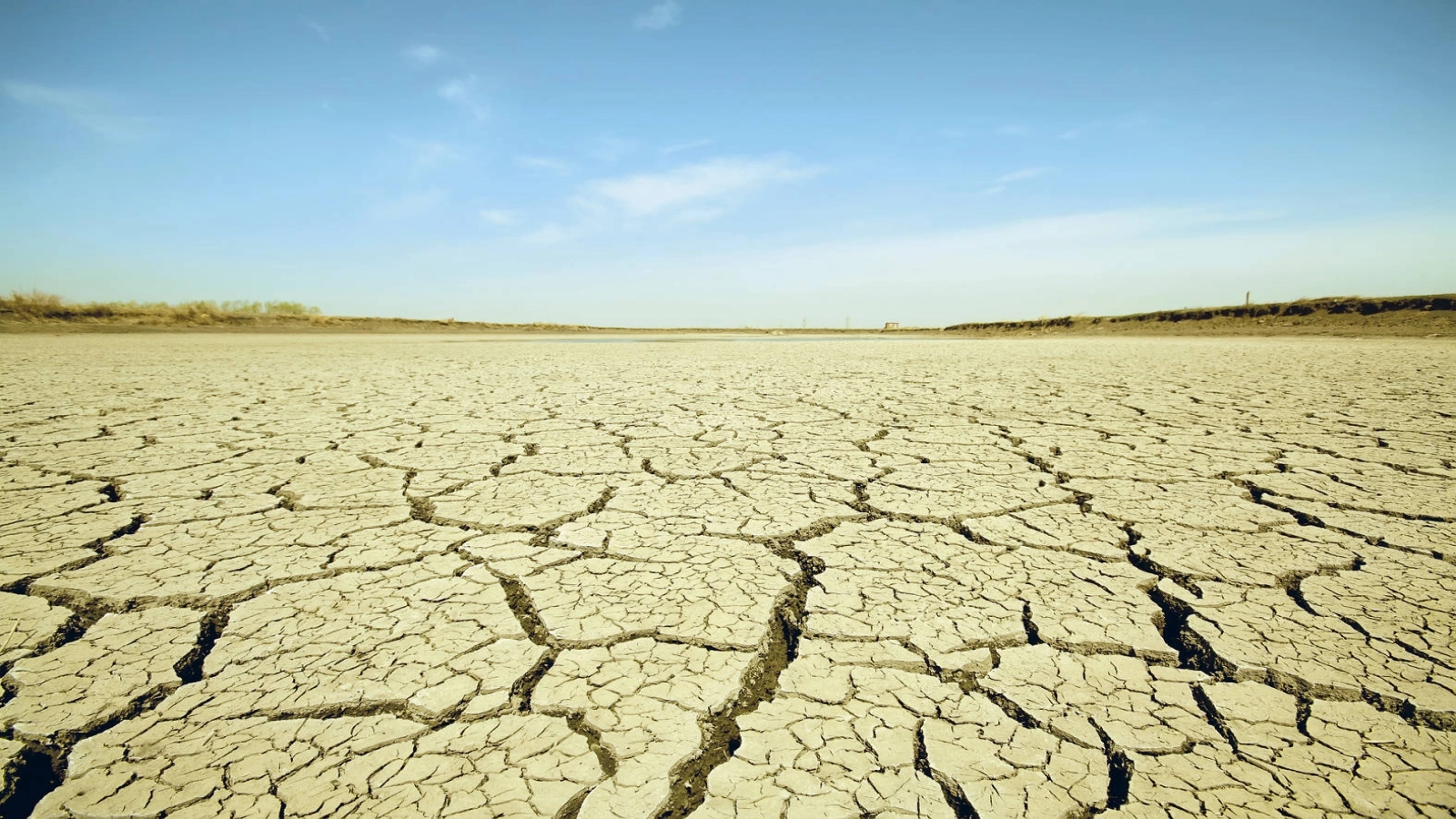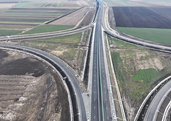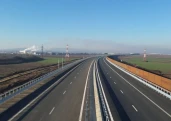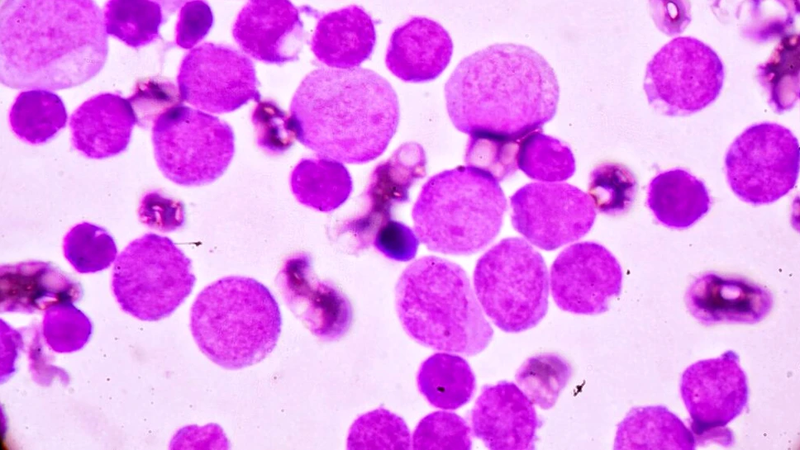The extreme drought is taking a toll on Romania's agricultural production this year, but it will impact the next agricultural year as well, as the outlooks are that the necessary works will fall behind schedule and will be lacking in quality, president of the Romanian Farmers Association (AFR) Daniel Botanoiu said.
He considers that the irrigation system should be adapted to new technologies that provide maximum efficiency for plants, but also advises the use of drought-tolerant plant varieties.
"When we discuss the agricultural year in its entirety, we need to take into account the autumn and spring crops. Whereas in the case of cereals results were somewhat better - despite a 35 percent drop compared to the previous year, in the case of this year's spring crops, the situation is dire. Of course, the irrigation system helps as long as there is water available for agriculture in rivers, inland lakes, and the water table is high enough. I believe that the irrigation system must be rethought and adjusted to integrate new technologies that ensure maximum efficiency for the plants. The variety or hybrid used is also important, it should be drought tolerant, but also use this exhaustible resource to the maximum. This is an extremely difficult agricultural year, much more difficult than 2020, especially as we are talking about a major water deficit, we are faced with soil drought and tiny amounts of water available. The absence of investments in the irrigation system in the past years now shows its full effects although there is a program in place with enough money to carry out these works," AFR president Daniel Botanoiu told AGERPRES.
According to him, the most affected crops are those sown this spring: corn, sunflower, soybeans, fodder, vegetables, but pastures as well.
Botanoiu emphasized that next agricultural year will also bear the brunt of the current extreme drought, as it's highly likely that agricultural works cannot be executed on time and at the required quality, fuel and material consumption will be higher, inputs will be expensive, and the market will be blocked.
According to the agriculture expert, over 45 percent of Europe is affected by this year's drought, which is "extremely much", and this situation requires "proper policies and practical architectural, agricultural, technological provisions, collective equipment, regional planning, water and river management, including by anticipating their most devastating overflows", to better protect us from heat and drought. "Both the task and the challenge are huge and completely new," he notes.
The president of the Romanian Farmers Association believes that "any measure that can bring a dime into this sector is extremely welcome", but emphasizes that more needs to be done in the area of legislation, investments and the functioning of the market.
"The solution for the future is irrigation. The government should have a dedicated policy approved by all parties, that can be quickly implemented and infrastructure works should start on the Siret-Baragan canal and not just there. European financing solutions for modern and efficient irrigation systems are required more than ever. The food industry must get priority support, to prevent the risk of another food security threat. There is an urgent need for support and new interventions from the European budget," said Daniel Botanoiu.
AFR considers that the necessary figures would be 15,000 euros support per farmer and 100,000 euros per SME in the form of a lump sum. The payments are made from the EAFRD allocations to member states for the years 2021-2022 and should not exceed 5 percent of these funds.
According to the latest data provided by the Ministry of Agriculture and Rural Development, the total area affected by drought is 89,605 hectares in 19 counties.
The situation of the drought-destroyed crops is reported daily based on the completed damage assessment reports. So far, the counties of Arad, Bacau, Botosani, Braila, Buzau, Calarasi, Galati, Giurgiu, Ialomita, Iasi, Ilfov, Maramures, Neamt, Satu Mare, Teleorman, Tulcea, Timis, Vaslui and Vrancea have reported areas affected by drought. AGERPRES
































Comentează